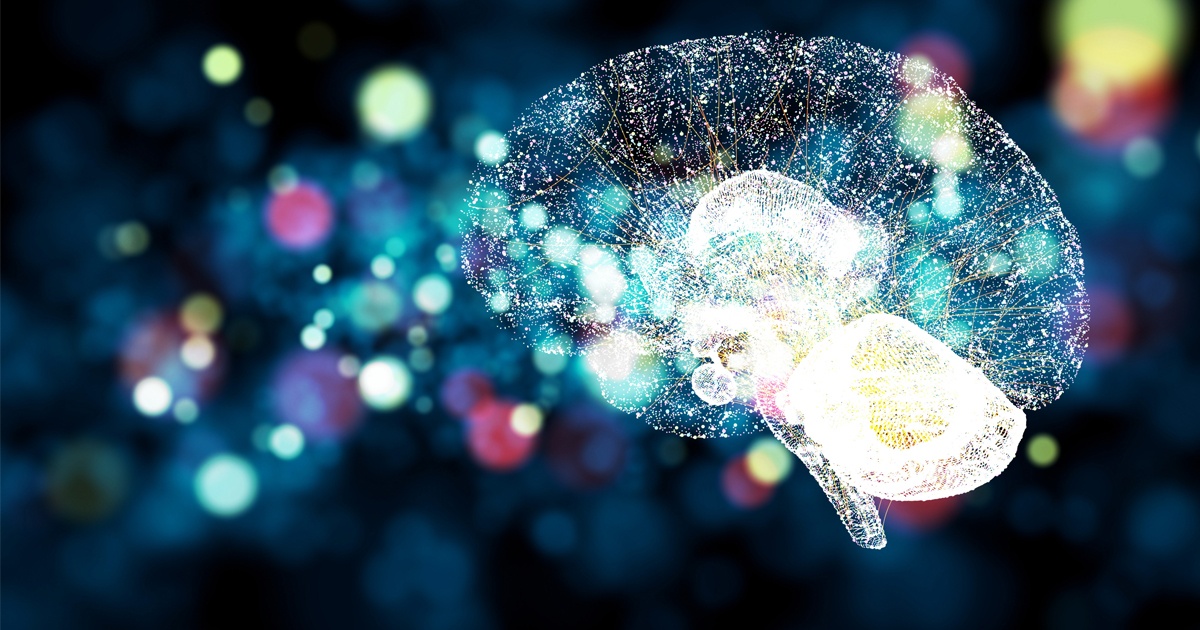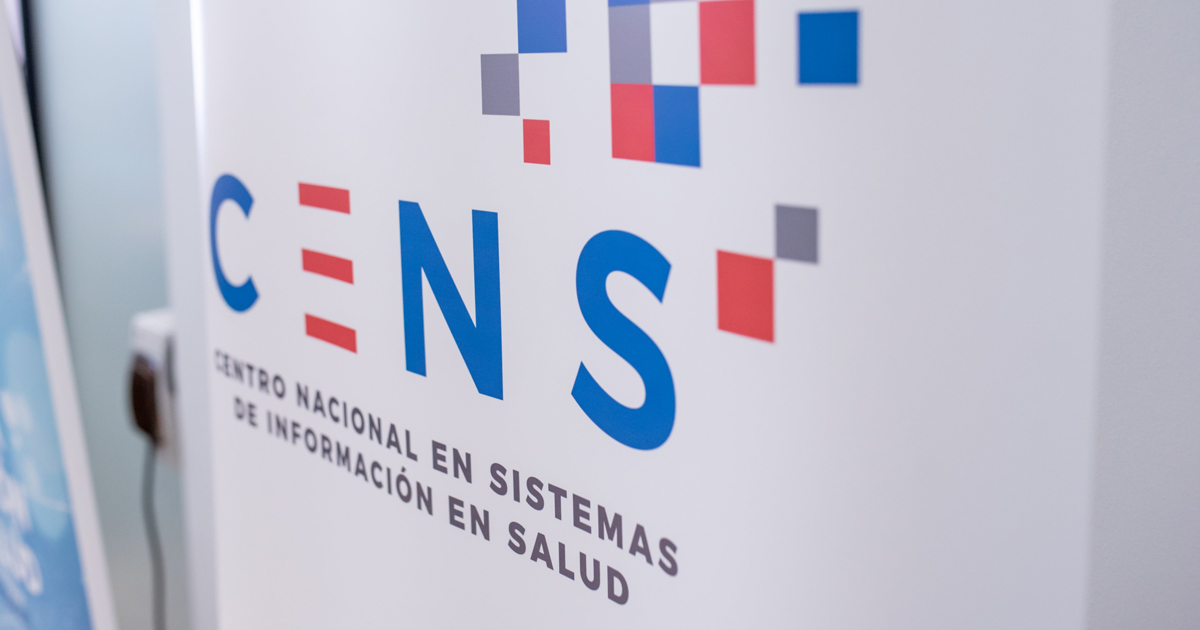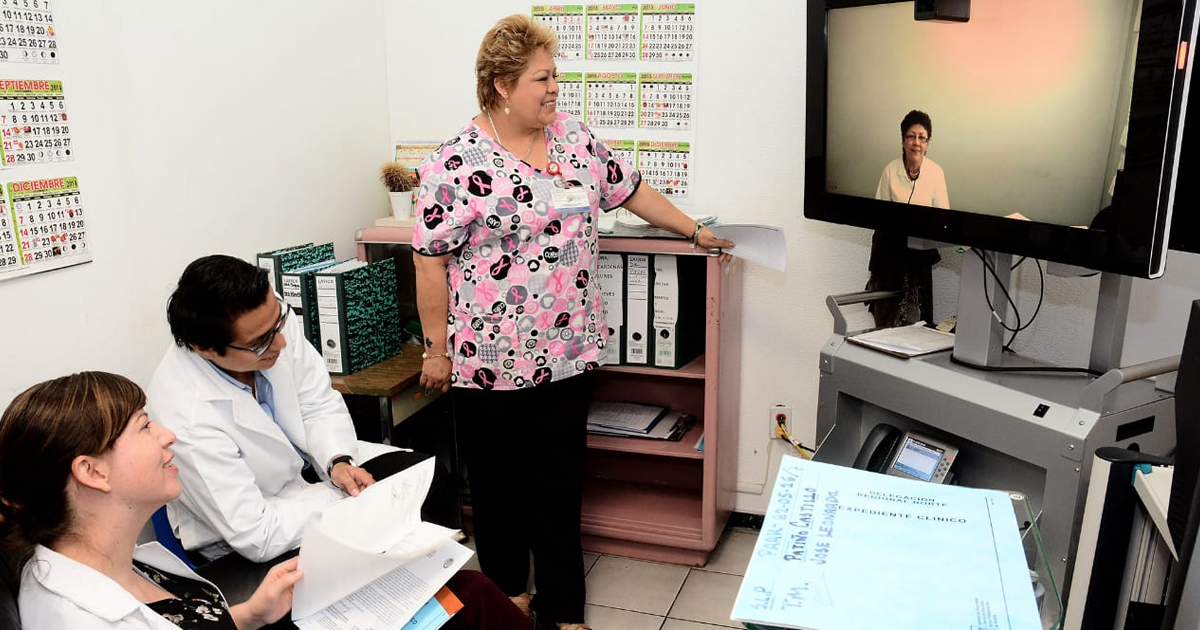The study was published on November 1, 2019 in Nature Communications.
Researchers from the N.1 Institute of Health at the National University of Singapore (NUS) conducted a study on working memory or working memory, which is the enable to manipulate information in the short term. “Memory maintenance appears to involve the sustained activity of neurons in the lateral prefrontal cortex (LPFC)”.
Researchers in their hypothesis claim that memory maintenance seems to involve the activity of neurons in the lateral prefrontal cortex so memory maintenance seems to involve sustained activity of neurons in the lateral prefrontal cortex.
Researchers developed an optimization algorithm, through which they found a low-dimensional subspace containing invariant memory information over time. This information was reduced in trials where two adult monkeys were used, and both made errors in the assigned task, and was also found in trial periods that were not used to find subspace.

Scientists, led by Assistant Professor Camilo Libedinsky of the NUS Department of Psychology, and Titular Professor Shih-Cheng Yen of the Innovation and Design Program at the NUS School of Engineering, found that a population of neurons in the frontal brain lobe contains short-term stable memory information within dynamically changing neural activity.
For the realization of this study, two adult monkeys were trained to perform a task with an intermediate distractor. A total of 256 LPFC neurons and 137 FEF neurons were recorded. “The LPFC has a high number of neurons with mixed-selective responses, which dramatically increase the dimensionality of representations, and may support reliable information transmition.”
The study showed that a region below the LPFC could read invariant memory information over time using subspace, however, it has not been shown that any region uses subspace to read information. Through machine learning scientists demonstrated that it is possible to find stable information within the changing code of the neural population.
Now researchers are expanding such studies to learn how different regions of the brain interact in the processing of received information.
To read the full study, go to the following link: https://www.nature.com/articles/s41467-019-12841-y#Sec7






